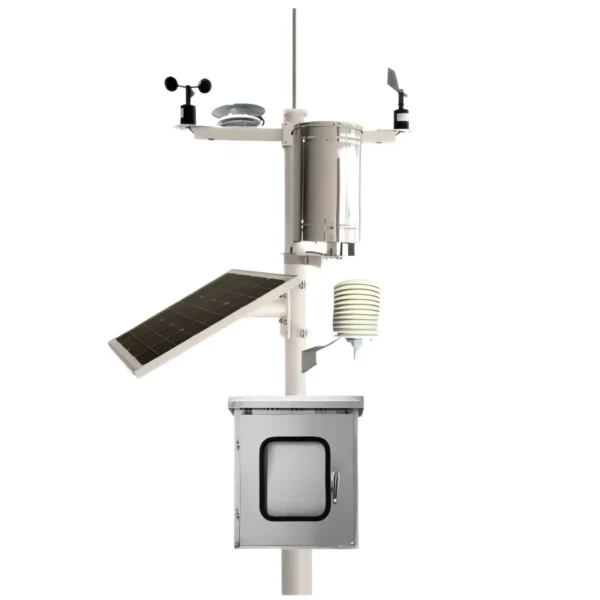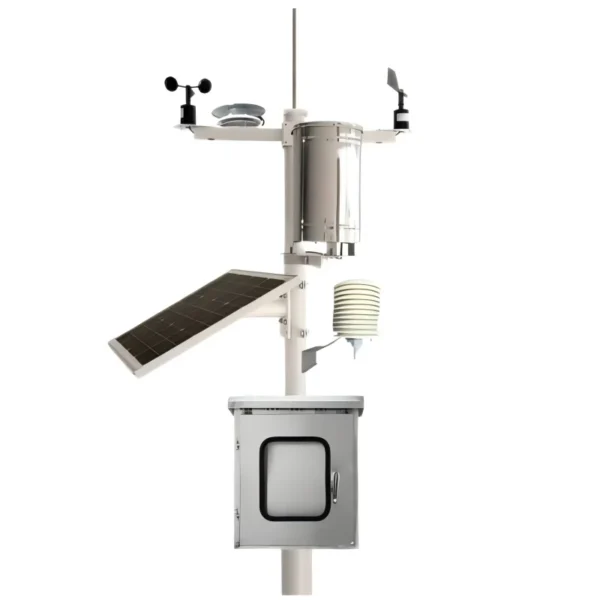
# Automatic Weather Station: An Overview of Its Functionality and Applications
What is an Automatic Weather Station?
An Automatic Weather Station (AWS) is a sophisticated system designed to collect and record meteorological data without the need for constant human intervention. These stations are equipped with various sensors that measure environmental parameters such as temperature, humidity, wind speed, wind direction, rainfall, and atmospheric pressure. The data collected by an AWS is typically transmitted to a central database or displayed in real-time for analysis and decision-making.
Key Components of an Automatic Weather Station
An AWS consists of several key components that work together to ensure accurate and reliable data collection:
- Sensors: These are the primary tools for measuring weather parameters. Common sensors include thermometers for temperature, hygrometers for humidity, anemometers for wind speed, and barometers for atmospheric pressure.
- Data Logger: This device records the data collected by the sensors. It can store data locally or transmit it to a remote server.
- Power Supply: Most AWS units are powered by solar panels, batteries, or a combination of both to ensure continuous operation.
- Communication System: This component allows the AWS to transmit data to a central location. Common communication methods include cellular networks, satellite links, and radio frequencies.
Applications of Automatic Weather Stations
Automatic Weather Stations are used in a wide range of applications across various industries:
- Agriculture: Farmers use AWS data to optimize irrigation schedules, predict frost events, and manage crop health.
- Aviation: Airports rely on AWS for real-time weather updates to ensure safe takeoffs and landings.
- Disaster Management: AWS data helps in predicting and monitoring natural disasters such as hurricanes, floods, and wildfires.
- Research: Scientists use AWS to study climate patterns, weather phenomena, and environmental changes.
- Energy: Renewable energy companies use AWS data to optimize the performance of wind turbines and solar panels.
Advantages of Using Automatic Weather Stations
There are several advantages to using AWS over traditional manual weather stations:
- Accuracy: AWS provides highly accurate and consistent data due to the precision of its sensors and automated data collection processes.
- Real-Time Data: AWS can transmit data in real-time, allowing for immediate analysis and decision-making.
- Cost-Effective: Once installed, AWS requires minimal maintenance and can operate continuously, reducing the need for manual labor.
- Scalability: AWS can be easily scaled to cover large areas, making it ideal for regional or national weather monitoring networks.
Conclusion
Automatic Weather Stations have revolutionized the way we collect and analyze meteorological data. Their ability to provide accurate, real-time information has made them indispensable in various fields, from agriculture to disaster management. As technology continues to advance, the capabilities of AWS will only grow, further enhancing our ability to understand and respond to the ever-changing weather patterns.
Keyword: what is automatic weather station
